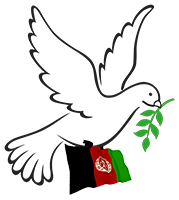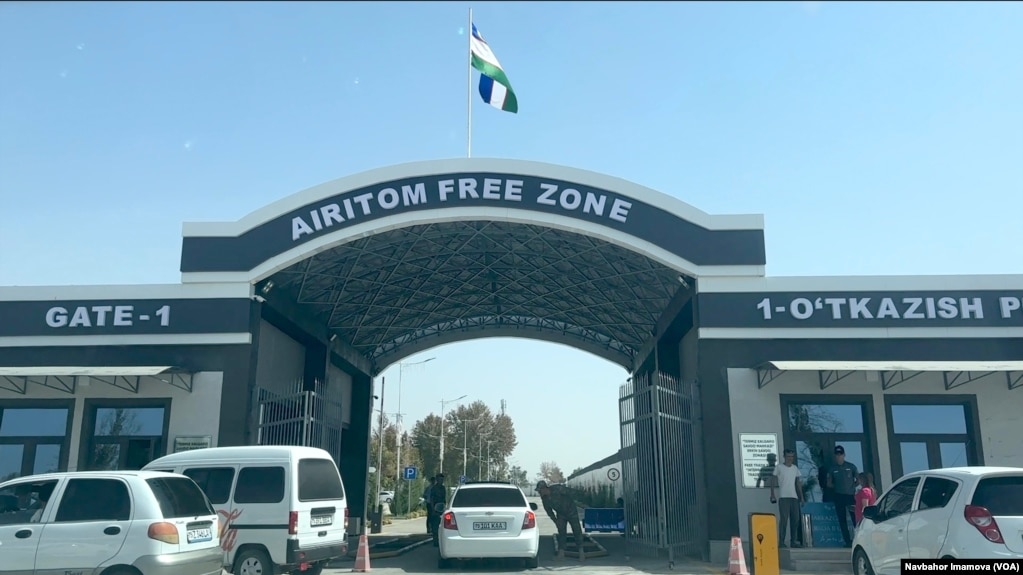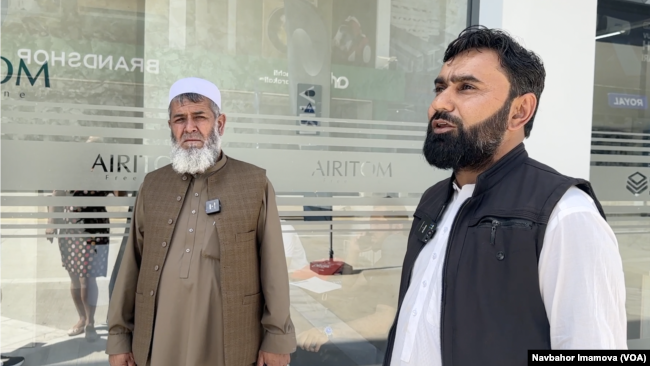By Rick Noack
The past four weeks, however, have brought significant changes for them, too. New laws promulgated in late August mandate that men wear a fist-long beard, bar them from imitating non-Muslims in appearance or behavior, widely interpreted as a prohibition against jeans, and ban haircuts that are against Islamic law, which essentially means short or Western styles. Men are now also prohibited from looking at women other than their wives or relatives.
As a result, more are growing beards, carrying prayer rugs and leaving their jeans at home.
These first serious restrictions on men have come as a surprise to many in Afghanistan, according to a range of Afghans, including Taliban opponents, wavering supporters and even members of the Taliban regime, who spoke in phone interviews over the past two weeks. In a society where a man’s voice is often perceived as far more powerful than a woman’s, some men now wonder whether they should have spoken up sooner to defend the freedoms of their wives and daughters.
“If men had raised their voices, we might also be in a different situation now,” said a male resident of the capital, Kabul, who like others interviewed for this story spoke on the condition of anonymity or that only their first names be used due to fears of drawing unwanted scrutiny from the regime. “Now, everyone is growing a beard because we don’t want to be questioned, humiliated,” he said.
The Taliban’s new rules governing men pale in comparison with restrictions the government has placed on girls and women, who remain banned from going to school above sixth grade, barred from universities and were recently prohibited from raising their voices in public, among many other rules.
But newly empowered religious morality officers, known for their white robes, have been knocking over the past four weeks on the doors of men in some parts of Kabul who haven’t recently attended mosque, according to residents. Government employees said they fear they’ll be let go for having failed to grow their beards, and some barbers now refuse to trim them. Increasingly, male taxi drivers are being stopped for violating gender segregation rules, by having unaccompanied female riders in their cars, or for playing music.
The new laws give the morality police authority to detain suspects for up to three days. In severe cases, such as repeated failure to pray in the mosque, suspects can be handed over to courts for trial and sentencing based on their interpretation of Islamic sharia law. Violations of the new rules are expected to be punished by fines or prison terms. But people found guilty of some infractions, for example adultery, could be sentenced to flogging or death by stoning.
Amir, a resident who lives in eastern Afghanistan, said he supported the Taliban up until the latest restrictions. But he now feels bullied into submission by their morality police.
“We all are practicing Muslims and know what is mandatory or not. But it’s unacceptable to use force on us,” he said. He added, “Even people who have supported the Taliban are now trying to leave the country.”
Most men interviewed for this story live in Kabul, the country’s most cosmopolitan city, or other urban areas. Residents of more conservative and traditional parts of Afghanistan said they have noticed barely any changes. A male resident of rural Helmand, in southern Afghanistan, said no one in his village has concerns and such rules have long been customary there. “No morality police has showed up here so far. They focus on the cities,” he said.
The new restrictions appear to reflect a broader shift in the balance of power inside the Taliban, with the most conservative elements either gaining influence or seeking to assert themselves more aggressively in urban areas, according to Western officials and Afghan critics of the Taliban.
The Ministry of Vice and Virtue, which directs the morality police, could not be reached for comment. A former senior official with the Ministry of Vice and Virtue denied that the ministry is increasingly turning into a shadow law enforcement agency, saying its primary responsibility remains preaching. He spoke on the condition of anonymity because he is no longer authorized to respond to journalists.
The new restrictions on women include a ban on them raising their voices, reciting the Quran in public and looking at men other than their husbands or relatives. Women must also cover the lower half of their faces in addition to donning a head covering they were already expected to wear.
A 36-year old male driver in Kabul said the new restrictions feel “enormous” and pose a growing hardship for his work. His revenue has declined by 70 percent since late August, he said, partly because the Taliban has begun enforcing a rule that bans women from traveling alone in taxis.
Even in some government offices, a new sense of dread has set in. A former Taliban supporter recalled how a friend, who still works for the regime, recently had his salary withheld because his beard wasn’t sufficiently long.
“We are hearing that some of the civil servants, whose beards were shorter than the required length, were barred from entering their departments,” said a government employee, speaking on the condition of anonymity because he was not authorized to speak to journalists.
For the past three years, Afghan women often felt alone in their anguish. Some grew exasperated by their husbands’ silence or growing support for the Taliban, which tried to win public favor by building roads and repairing tunnels.
Several women said they hope their protests will soon be joined by Afghan men. “Men were silent from Day 1, which gave the Taliban the courage to keep imposing such rules,” said a 24-year-old female resident in Kabul. “Now, the Taliban is finally losing men’s support,” she said.
Others are skeptical whether criticism of the rules can make a difference.
In interviews, several Kabul residents said they have begun in recent weeks to look more seriously into leaving the country.
“But if more young people flee this country,” said a male Kabul resident, “there won’t be any hope at all.”
Haq Nawaz Khan and Lutfullah Qasimyar contributed to this report.
 Afghanistan Peace Campaign
Afghanistan Peace Campaign





 A view of Ragh area, Badakhshan province. Photo by Fabrizio Foschini, 2012You can preview the report online and download it by clicking
A view of Ragh area, Badakhshan province. Photo by Fabrizio Foschini, 2012You can preview the report online and download it by clicking 







